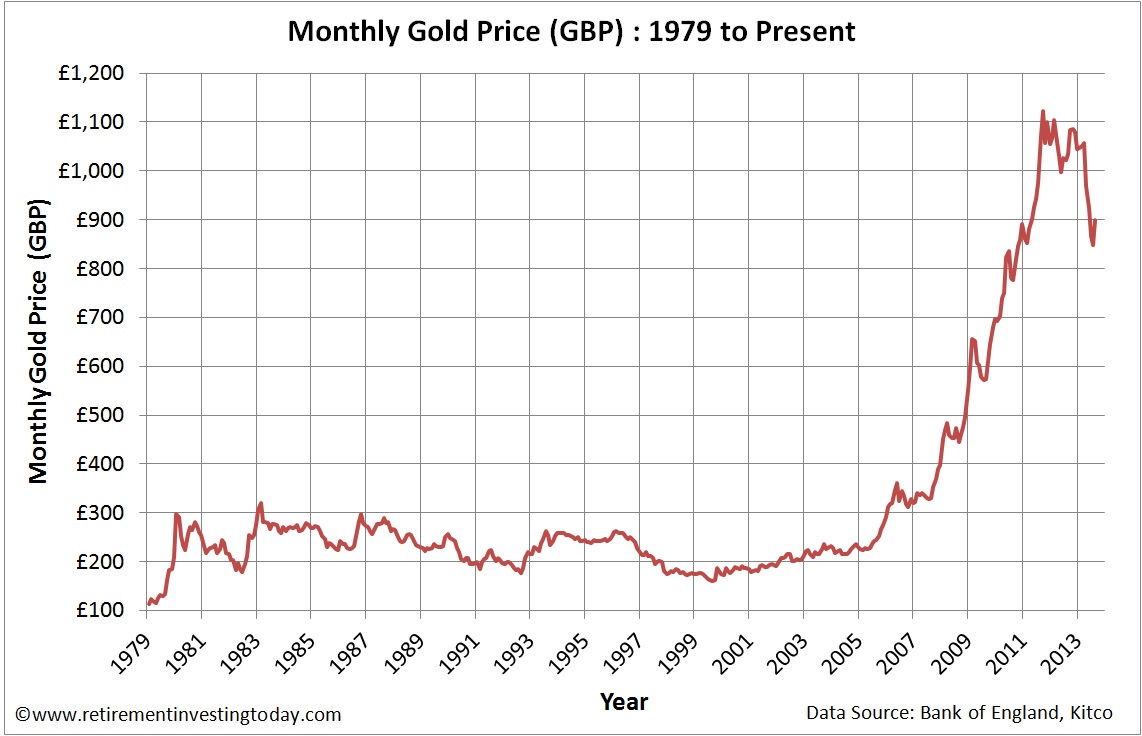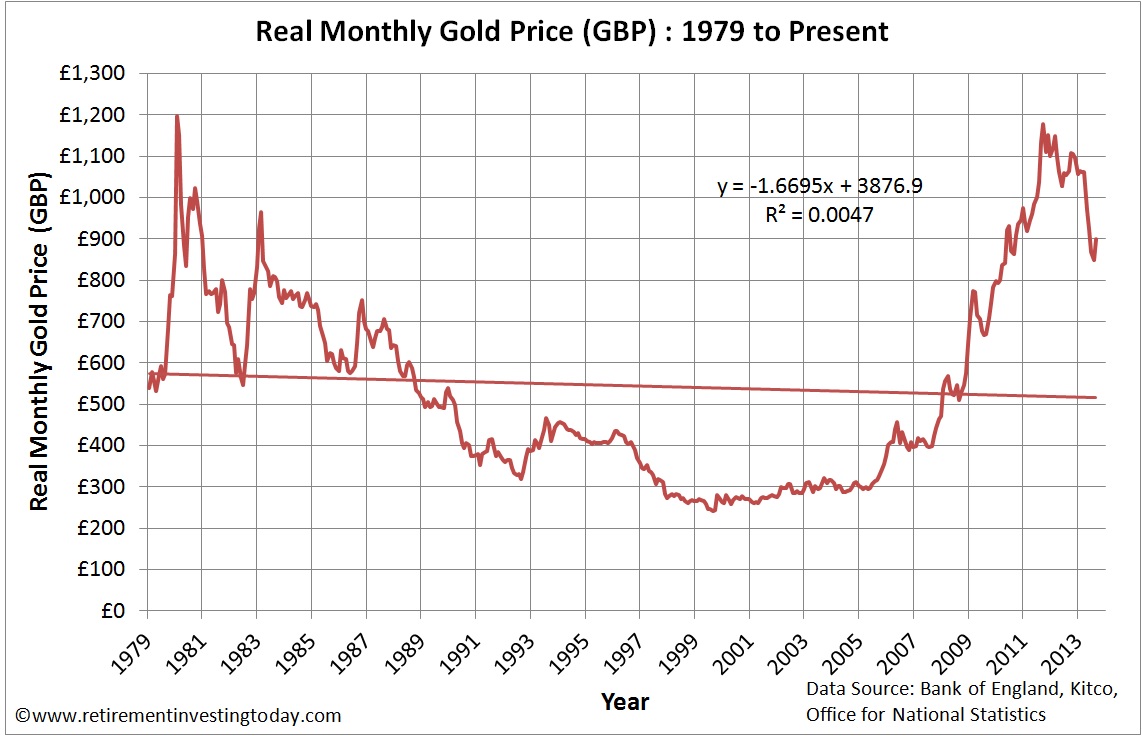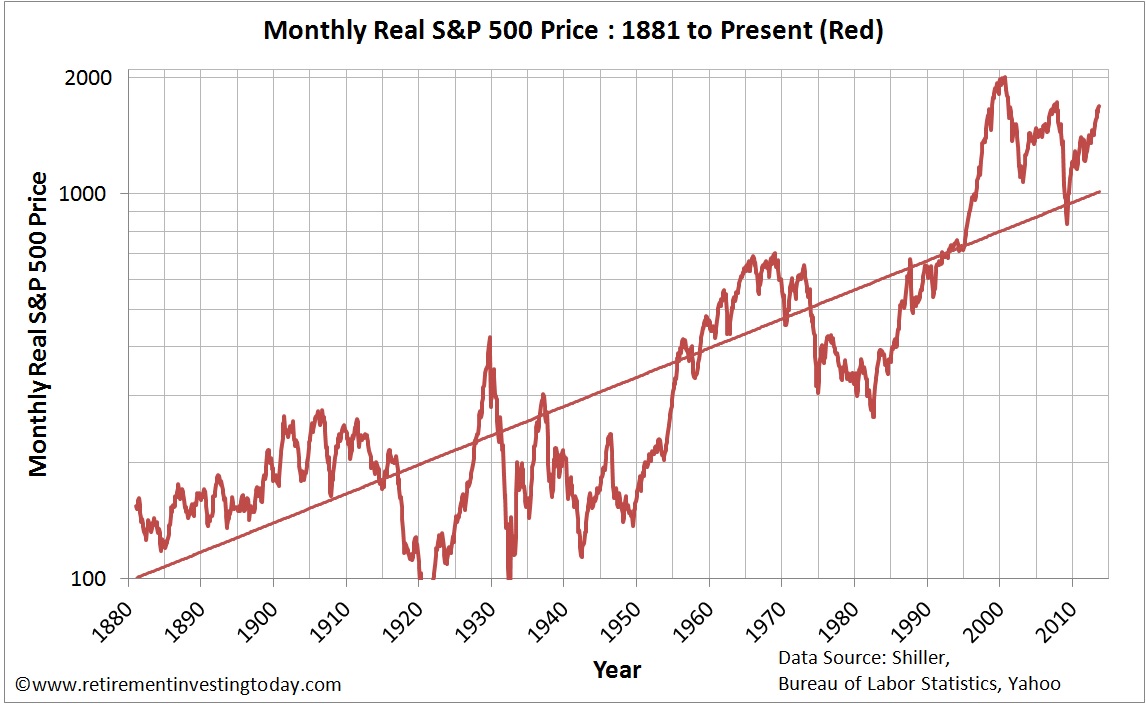Running this site brings a number of benefits. To continually provide original content it forces me to continuously research beyond that of the mainstream media, which I find generally contains a lot of vested interests. It also keeps me accountable to my original Retirement Investing Today philosophy. If I can’t walk the Save Hard and Invest Wisely for Early Retirement line then how can I expect others to consider following my footsteps, after having done their own research, when I’m not living what I preach. Yet so often amongst the world of “experts” we see just that.
Let me give a very simple example. I’m generally a fan of The Motley Fool, particularly the forums, however take some time to read These Savvy Investors Have Just Hit The Jackpot which I thought would be relevant given I added Vodafone to my HYP back in December 2012. Besides the article being full of errors it was the last sentence that really did it for me – “Maynard does not own any share mentioned in this article. The Motley Fool has recommended shares in Vodafone and GlaxoSmithKline”. So somebody is prepared to write an article about how great something is but isn’t prepared to put any of his own skin in the game. That’s certainly not how this site works.
The negative of my approach is that you the reader generally only ever see one viewpoint, which is my life. Of course the much valued Comments provide different viewpoints which benefit everyone but I also get an additional benefit, email from readers, which is what today’s post is all about. A couple of weeks back I received a well thought out email which used some of the regular data that I publish on this site but which was used to answer a different question to that which we usually look at. Some of the conclusions were also slightly contrarian. After some email banter that reader has generously allowed me to publish that email. I hope you enjoy the different viewpoint.
"
Dear RIT
The big question - Do retained earnings find their way to the shareholders via share price growth?
After a lucky run in business I retired 5 years ago aged 40. As only a third of my portfolio earnings are paid out as a dividend I have been searching for an answer to this big question.
I came across your FTSE 100 Cyclically Adjusted Price Earnings Ratio (FTSE 100 CAPE) Update post and I'm certain the answer is in there but you need to look at the data slightly differently. Please stay with me as you will love the outcome.
Let me give a very simple example. I’m generally a fan of The Motley Fool, particularly the forums, however take some time to read These Savvy Investors Have Just Hit The Jackpot which I thought would be relevant given I added Vodafone to my HYP back in December 2012. Besides the article being full of errors it was the last sentence that really did it for me – “Maynard does not own any share mentioned in this article. The Motley Fool has recommended shares in Vodafone and GlaxoSmithKline”. So somebody is prepared to write an article about how great something is but isn’t prepared to put any of his own skin in the game. That’s certainly not how this site works.
The negative of my approach is that you the reader generally only ever see one viewpoint, which is my life. Of course the much valued Comments provide different viewpoints which benefit everyone but I also get an additional benefit, email from readers, which is what today’s post is all about. A couple of weeks back I received a well thought out email which used some of the regular data that I publish on this site but which was used to answer a different question to that which we usually look at. Some of the conclusions were also slightly contrarian. After some email banter that reader has generously allowed me to publish that email. I hope you enjoy the different viewpoint.
"
Dear RIT
The big question - Do retained earnings find their way to the shareholders via share price growth?
After a lucky run in business I retired 5 years ago aged 40. As only a third of my portfolio earnings are paid out as a dividend I have been searching for an answer to this big question.
I came across your FTSE 100 Cyclically Adjusted Price Earnings Ratio (FTSE 100 CAPE) Update post and I'm certain the answer is in there but you need to look at the data slightly differently. Please stay with me as you will love the outcome.




